JR East E233 series
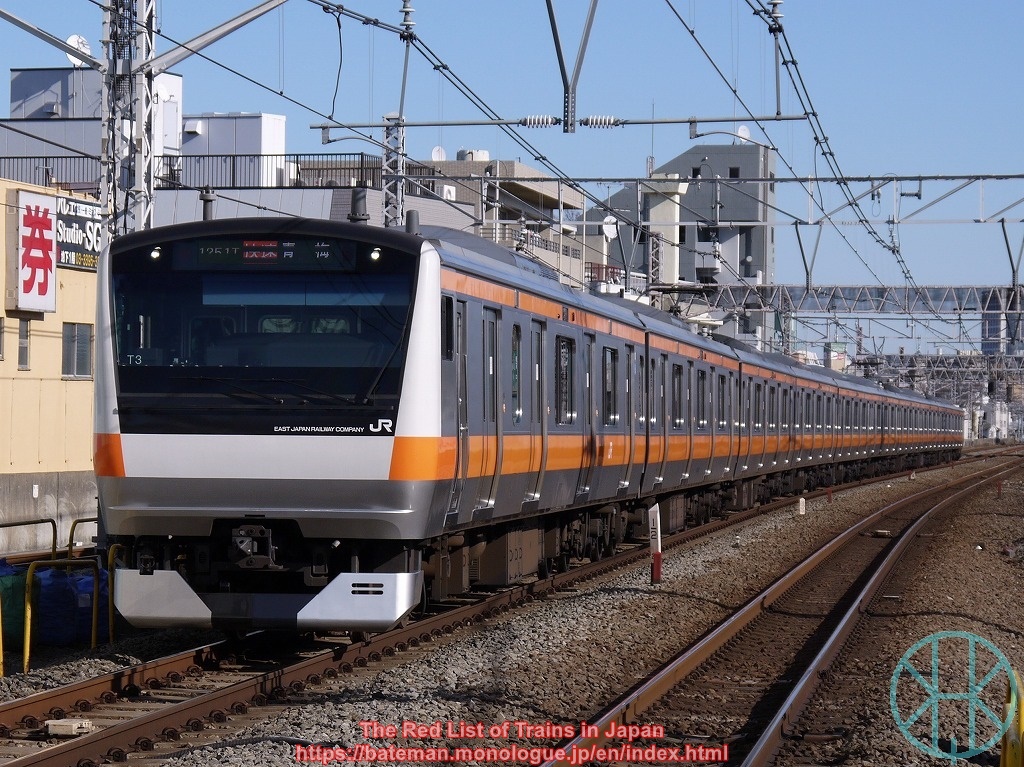
Data (as of 29 Nov 2025)
| Status: | Least Concern |
| Constructed in: | 2006- |
| Number built: | 3,411 |
| Registered: | 3,401 |
History
The E233 series is the most numerous train type that is operational in Japan, and the second most numerous one in Japanese railway history. Since E231 series trains have suffered from troubles frequently, JR East designed the E233 series not to be as vulnerable as the E231s. Furthermore, new devices for passengers were installed, such as displays above doors showing information and advertisements.
There are two categories: commuter-train group and suburban-train group. Most units belong to the commuter-train group, with longitudinal seating. The suburban-train units have transverse seating and Green Car (first class) carriages. JR East has been numbering E233 series carriages in an orderly fashion as listed below.
| Variant | Line(s) Serving | Cars per Unit |
|---|---|---|
| 0 (original) | Chuo (Rapid), Itsukaichi, Ome | 4, 6, 10, 12 |
| 1000 | Keihin-Tohoku, Negishi | 10 |
| 2000 | Joban (Local) | 10 |
| 3000 | Tokaido, Takasaki, Utsunomiya | 5, 10 |
| 5000 | Keiyo | 4, 6, 10 |
| 6000 | Yokohama | 8 |
| 7000 | Saikyo, Kawagoe | 10 |
| 8000 | Nambu | 6 |
Each variant has different equipment and computers, resulting in different acceleration, maximum speed and safety protection systems.
Current Operations & Future Prospects
The E233 series trains are used mainly for lines as described above. JR East has been installing accessible toilets on the variant 0 units, and two Green Car carriages will be inserted to most six and ten-car units for Chuo Line (Rapid) by March 2025. The variant-2000 units are used for through-services towards Tokyo Metro Chiyoda Line and Odakyu lines, while the variant 7000 units are used for through-services towards Sotetsu lines. The variant 3000 is also for Shonan-Shinjuku and Ueno-Tokyo Lines, often formed of 15 coaches with another E233 series unit or an E231 series unit.
JR East also plans to reallocate redundant units to regional services in Chiba Prefecture in 2026, replacing 209 series.
Photos

The variant 1000 for Keihin-Tohoku Line.

The variant 2000 on Odakyu Line, which is also used on Joban Line (Local) and Tokyo Metro Chiyoda Line.
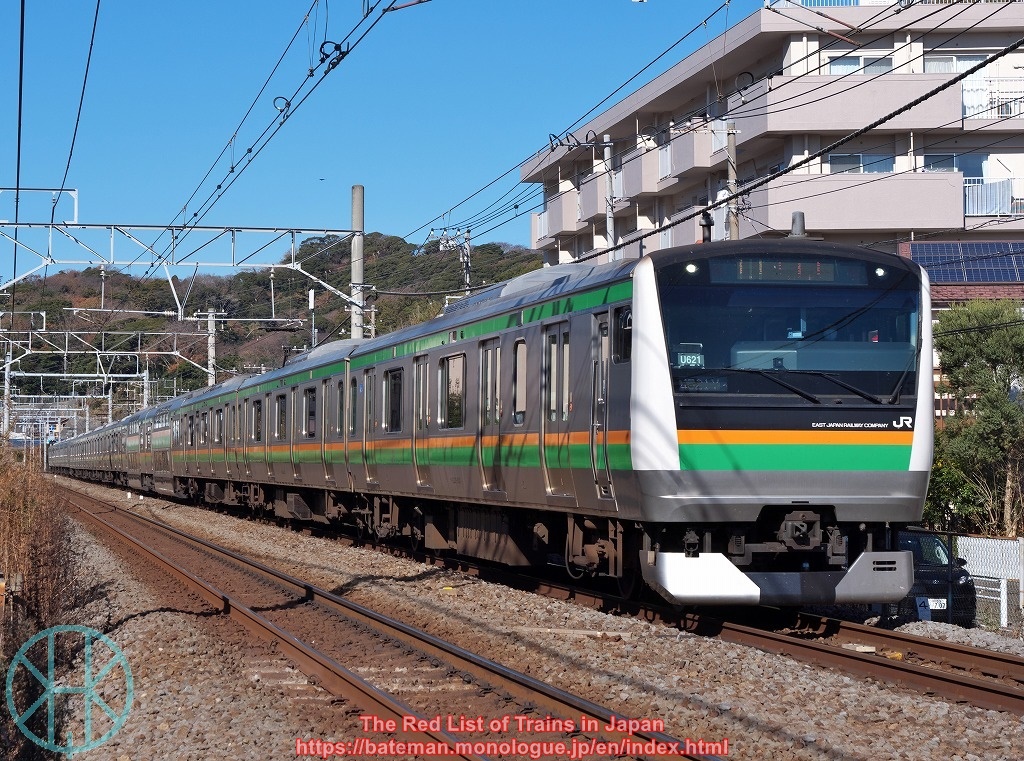
The variant 3000 (suburban-train group).
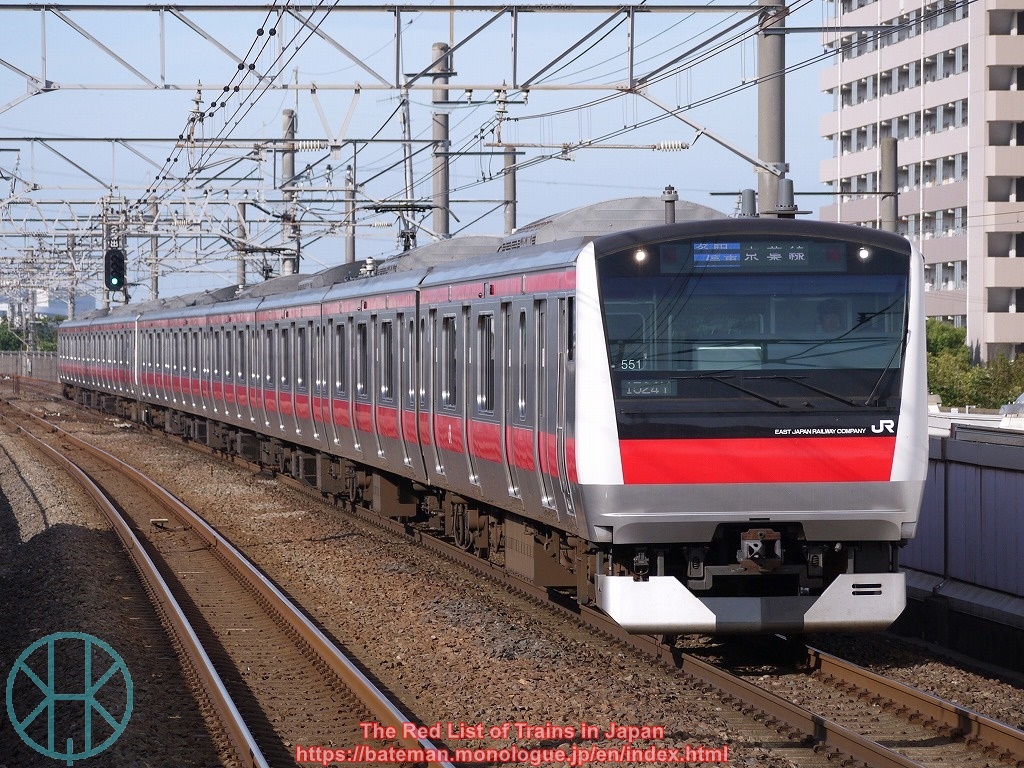
The variant 5000 on Keiyo Line. The train is split or joined at Honda on Sotobo Line at peak hours.

The variant 6000 for Yokohama Line.
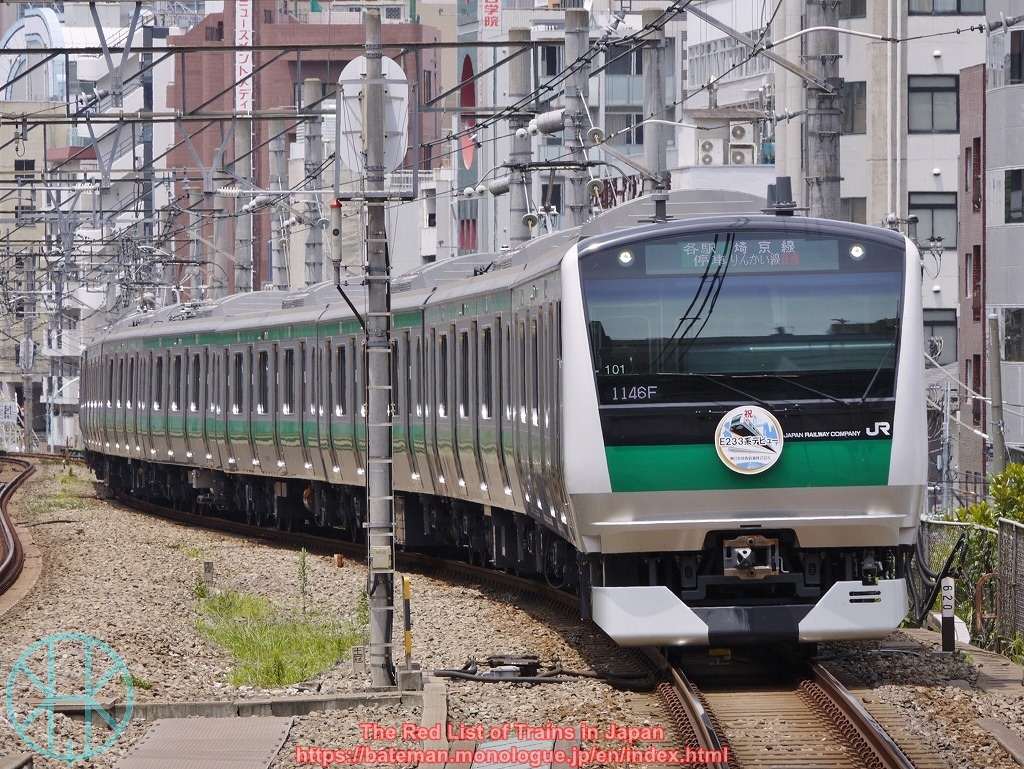
The variant 7000 (Saikyo Line) has the latest safety protection system called ATACS.
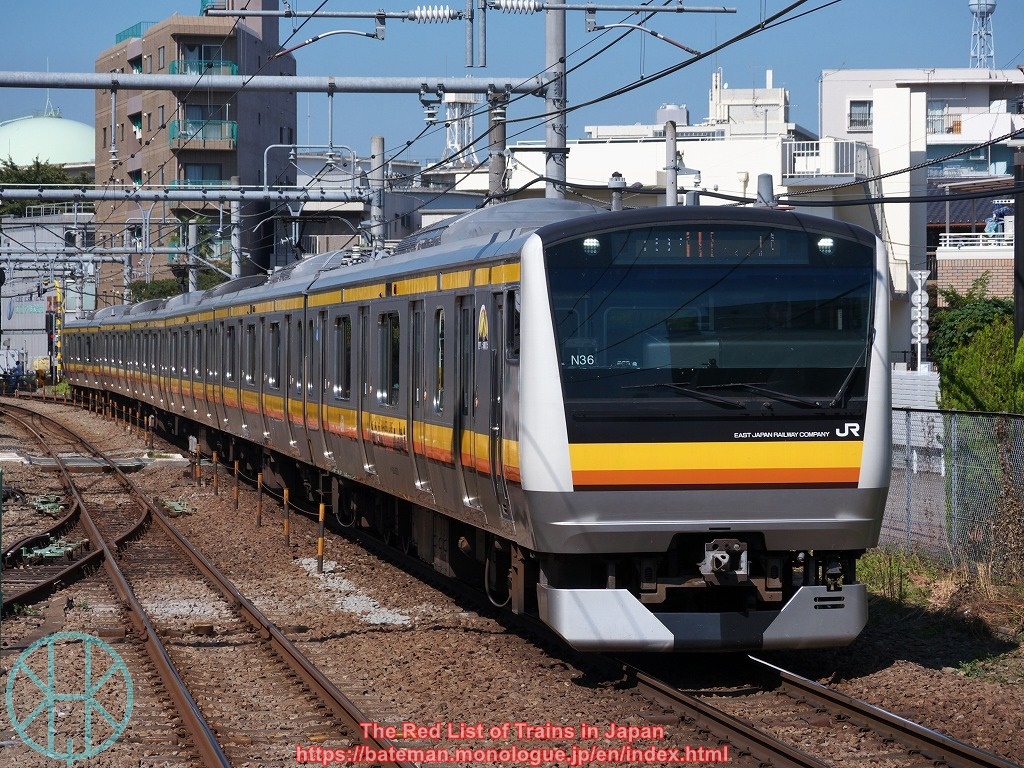
One out of 36 units of the variant 8000 (Nambu Line) was reallocated from Ome Line.
(Updated: 29 Nov 2025)
